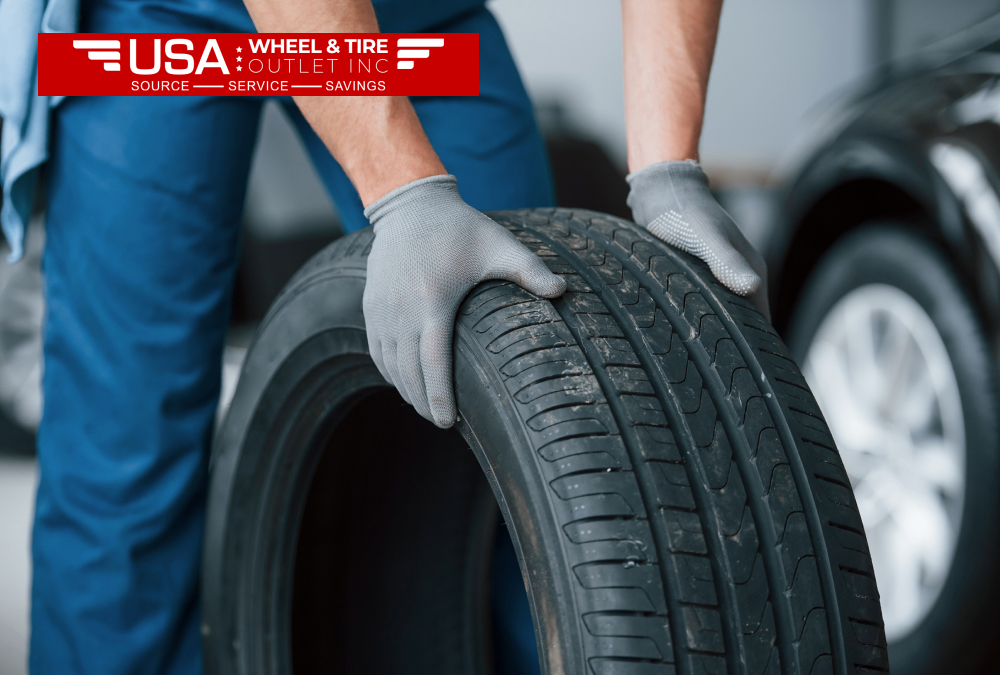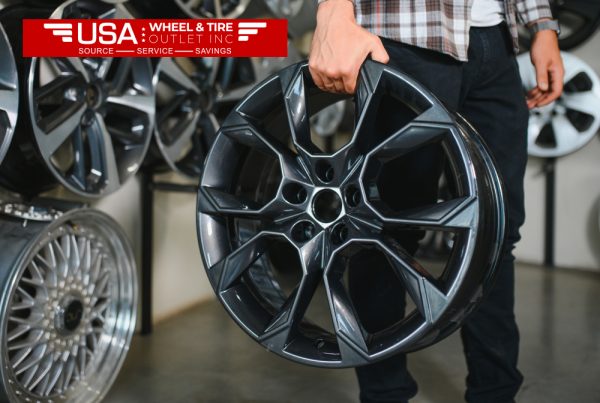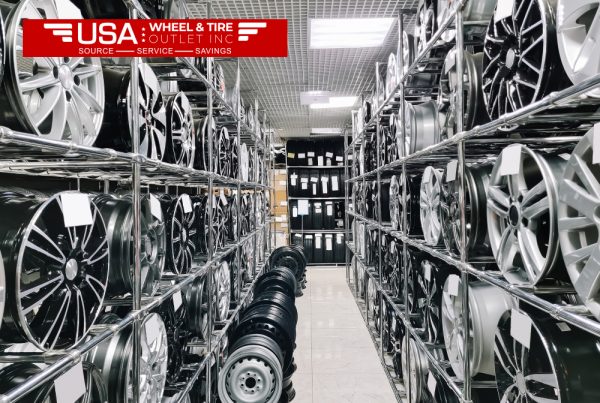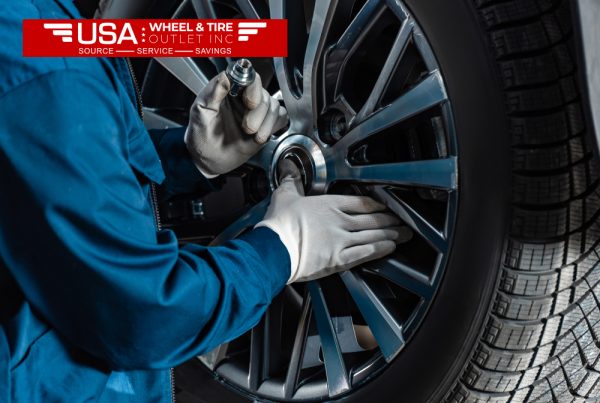Road safety is important to ensure that you and everyone else on the road is safe. It is also important to note that one of the most critical elements of car protection is the condition of tires. Ensuring you know several aspects of tire safety would help you avoid some crashes, enhance the efficiency of your car and also help to increase the durability of your tires. In this elaborate guide, you will learn all that there is to know about the proper care of your tire safety while on the road.
Importance of Tire Safety
Wheels are the only part of any car that touches the ground and hence they are most exposed to affects of wear and tear. The tires that have been frequently checked and maintained are always safer to ride on because of the excellent traction, handling, and braking. Failure to properly maintain tires cause them to blow out, skid or cause you to lose control of the car putting you at risk and other road users.
Safety features of car tires are as follows:
1. Tire Pressure
Tire pressure needs to be correct at all times for safety and efficiency of the vehicles on the road. This is bad for handling, wears the tires faster, and results to high fuel consumption as compared to having the correct tire pressure. While inflating them more than required generates a firm ride and is not healthy for the tread life of tires. It is recommended that one should keep checking the pressure of the tires at least once every one month and before going for a long journey. Always use the recommended type of tire pressure gauge and stick to the recommended pressure provided by the manufacturer normally highlighted in the owner’s manual or at the doorjamb of the driver’s seat.
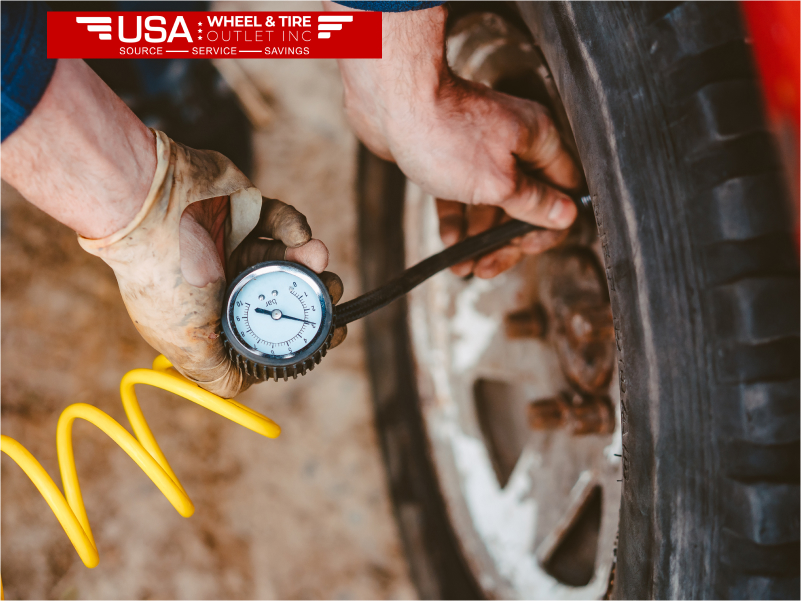
2. Tire Tread
Tire tread offering the required friction needed by a car for it to stay on the road during rainy or snowy instances. The wear of the rubber on the tires should be checked often using a special tool known as the tread depth gauge or by using a penny. Flip a penny and put it under the tread such that the picture of Lincoln is facing backward; if you can see Lincoln’s head, it’s time to replace the tire. Also, check the tread for signs of abnormal wear such as uneven, this may be attributed to a problem with the alignment or the suspension system.
3. Tire Rotation
Tire rotation exercises equal distribution on the tires thus enhancing their durability. In this article the suggestion for changing the tires is made at intervals of 5;000 to 8;000miles and the preferred practice is to rotate them. As stated earlier, maintain the rotation pattern recommended by the manufacturer’s guide of your vehicle. Thus, rotation schedule can enhance the performance as well as ensure equal distribution of handling.
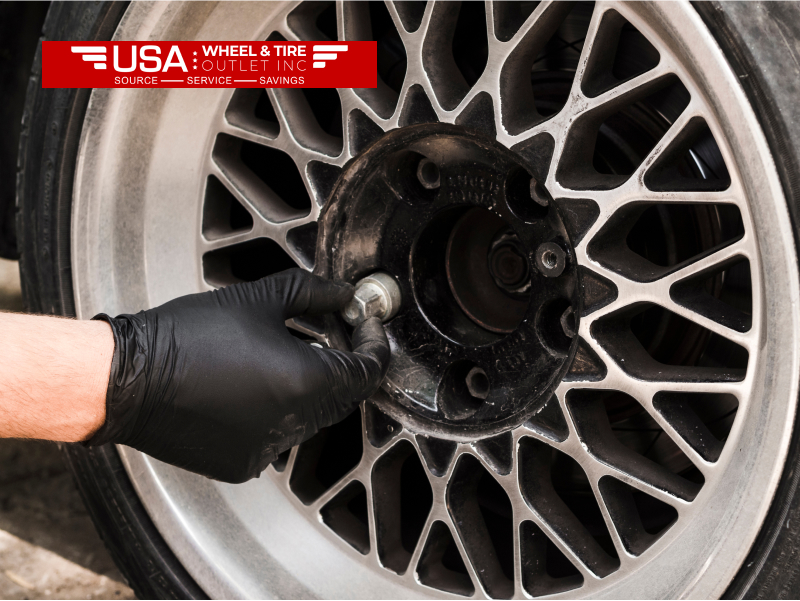
4. Tire Alignment and Balance
It helps in achieving the right handling of a vehicle and avoiding arbitrary wearing out of the tyres. This condition results in your car pulling to one side and causes the tire to wear out unevenly. Ideally, it is recommended that one gets alignment checked at least once every year or any time he or she notices a change in the way the car handles on the road. Tire balancing is also important if you want to eliminate vibrations and also make the tires to last long. If you get a new set of tires or have your current set felt vibrations at certain speeds, it is time to balance your tires.
5. Inspect for Damage
One should always do a visual check on his/her tires to determine if there are cuts, punctures, crack line, or if they have bulges. Metallic items such as nails or glass can either lead to slow developing and later gradual seepage or immediate rupture. In case of any mark, take your car to a specialist for the tires to be reviewed. What is more horrifying is that driving on damaged tires is very dangerous.
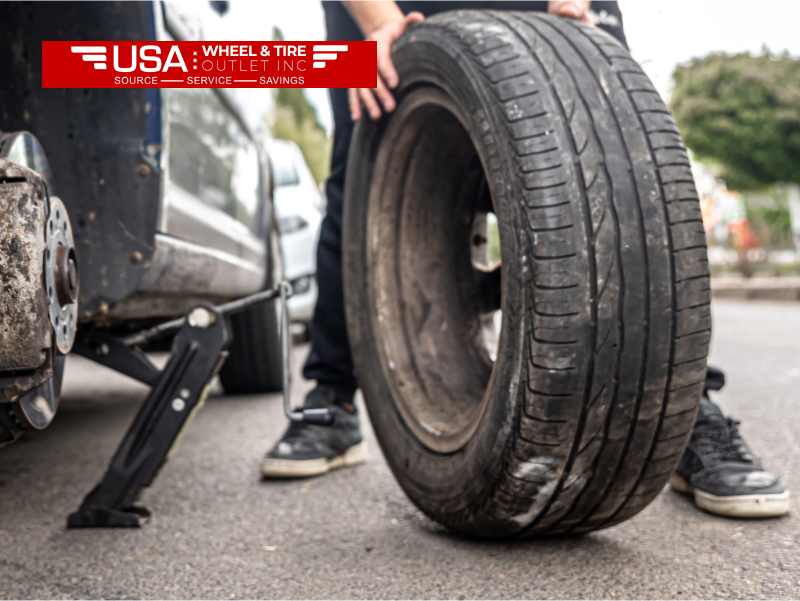
Tire Selection and Rim Selection
Choosing the right tires as well as the rims in your vehicle is as crucial as servicing them. When searching for “rims and tires near me,” consider the following factors:When searching for “rims and tires near me,” consider the following factors:
Vehicle Type: Check that the tires and rims you are going to order are compatible with the make and model of your car.
Driving Conditions: Select from all-season, winter or performance tires according to the nature of roads that you mostly use, if it regularly floods or icy, better opt for winter tires.
Brand and Quality: This just means you should go for the best brands in the market as they are long lasting and of good quality.
A reliable source is USA Wheels and Tires that has a variety of wheels and tires, and friendly staff. It can take time to look for suitable helmets on your own but http://www. rockybay. com. au can assist you in getting the most suitable helmets in the market perfectly suited to your vehicle and your requirements as a driver.
Seasonal Tire Changes
Seasons vary and therefore require different kinds of tires for the best performance as well as safety. winter tires are specialized to be used on snow and ice and offer better grip and control than the normal tires. Summer tires are designed to work in warm climate and mainly provide good amount of tractions and high standard handling and braking.
All-season tires are somewhere in the middle as they are good in all types of weather conditions. Do not forget that it is necessary to have differently tuned wheels for safe and effective car driving depending on the season.
Tire Safety Basics: Important Tips
Check tire pressure regularly: Daily and sometimes before traveling on a long distance and going even for a week.
Inspect tread depth and wear: It is advised to use a tread depth gauge or penny test.
Rotate tires: For instance, after every 5000-8000 miles on the machine, it is advisable to carry out some prognosis.
Check alignment and balance: Daily or when the car is involved in an activity that calls for smooth handling, or when the fuel gauge shows that the fuel level is low or when a trip is in progress.
Inspect for damage: Make sure that there are no cuts, punctures, cracks, or bulges on the hoses periodically.
If you are looking for some rims and tires near me, then you could contact some reliable dealers such as USA Wheels and Tires to get the best products for your auto vehicles. Taking care of tires will ensure you are safe, enjoy your drive, and you incur less expenses for repairs.
Conclusion
Tire safety is crucial to your vehicle and your safety on the road and thus, one needs to make sure that they are conversant with the basics. This is through frequently checking on the tire pressure, tread, its rotation, alignment and damage hence avoiding an accident or even extending the tire’s life.
Read Also: How To Perform Essential Tire Maintenance: Tips Every Driver Should Know
FAQs
Q1: How frequently should I read my tires pressure?
It is recommended that you inspect the tire pressure and ensure a correct setting not less than once a month or before a long journey. Tire pressure is important to prevent road accidents, conserve as much fuel as possible and to ensure that your tires last longer on the road. There are different pressure gauges and measurements for all vehicles, the exact measurement can be found in the owner’s manual or on the inside of the driver’s door in the sticker.
Q2. How to identify low tire tread?
There are two methods that can be used to determine the tread depth of a tire; the actual gauge and the penny. Stick a penny with Lincoln’s head face down into the tread; if you can see Lincoln’s whole head, it’s time to replace the tyre. Proper tread depth offers required amount of grip, which can only be provided when your tyres are worn down.
Q3: How often should the car tires be rotated?
Tire rotation – This should be done after a specific number of miles, to be precise 5000 to 8000 miles. This is because through tire rotation you be able to make sure that all your tires wears out equally and thus it can help in increasing the tire’s durability. You should consult your vehicle’s owner manual for the correct rotation pattern and the right time for it to be done.
Q4: What is the significance of tire alignment?
Tire alignment makes sure that your car runs the right way and also helps to are lessened the times that tires may be exhausted quickly. Other consequences of rotten wheels are that the vehicle will aimlessly pull to the side and the treads will not wear evenly. This is to recommend that one should have his or her alignment checked at least once a year or when he or she detects strange handling or uneven wearing of tires. A blessing for drivers therefore is the ability to have frequent alignment checks with an aim of augmenting the performance of the vehicle and enhancing safety.

